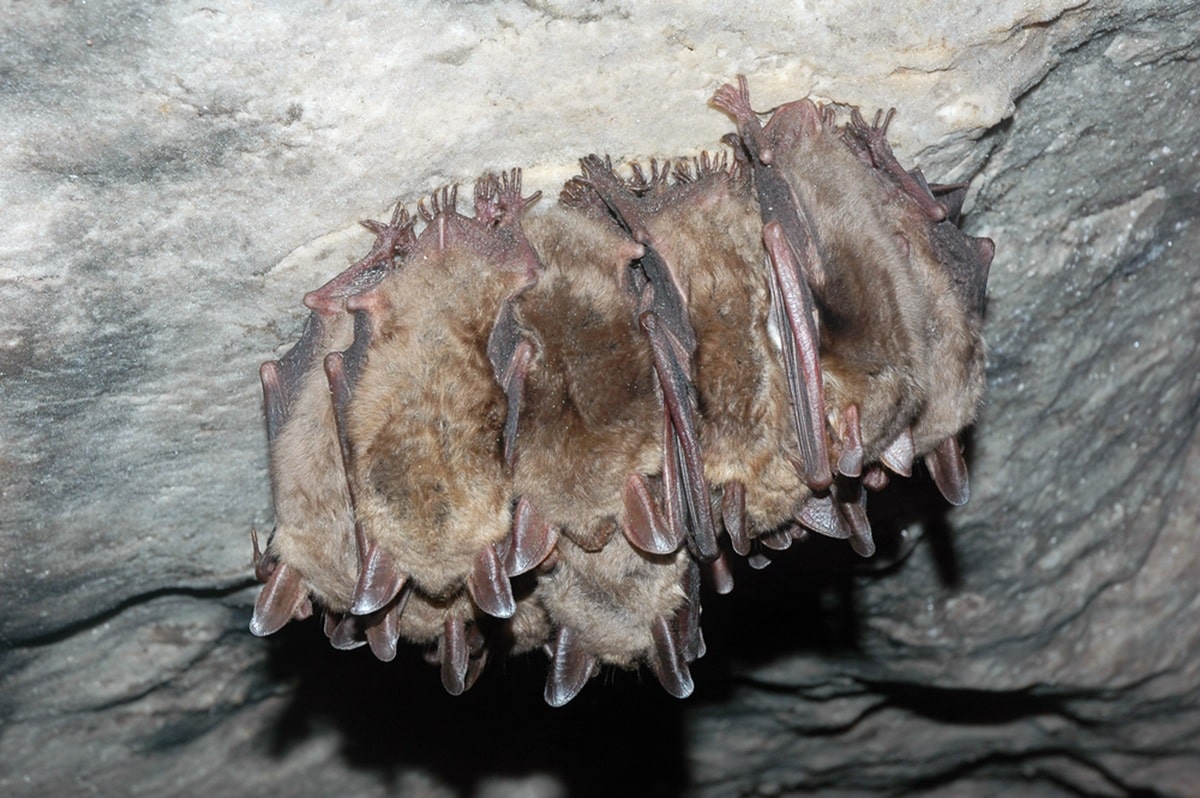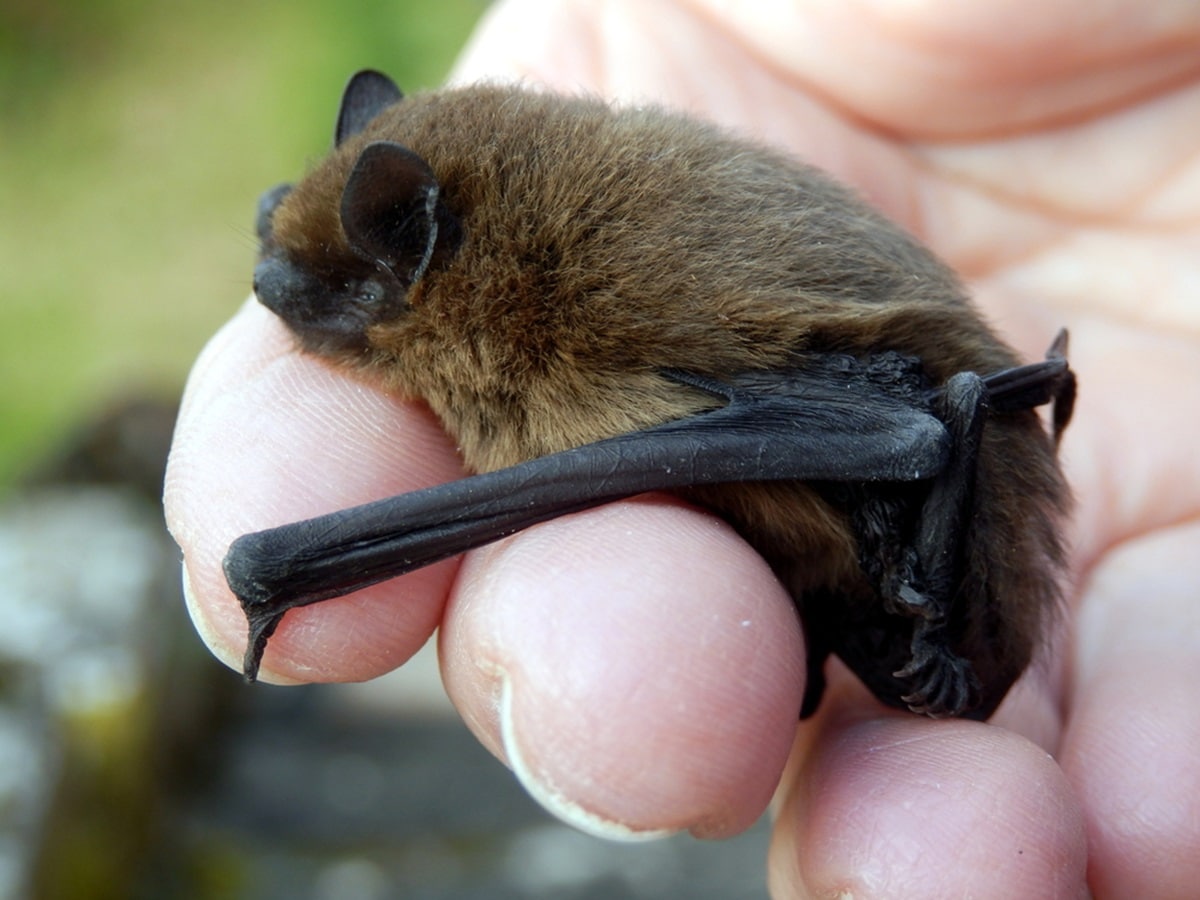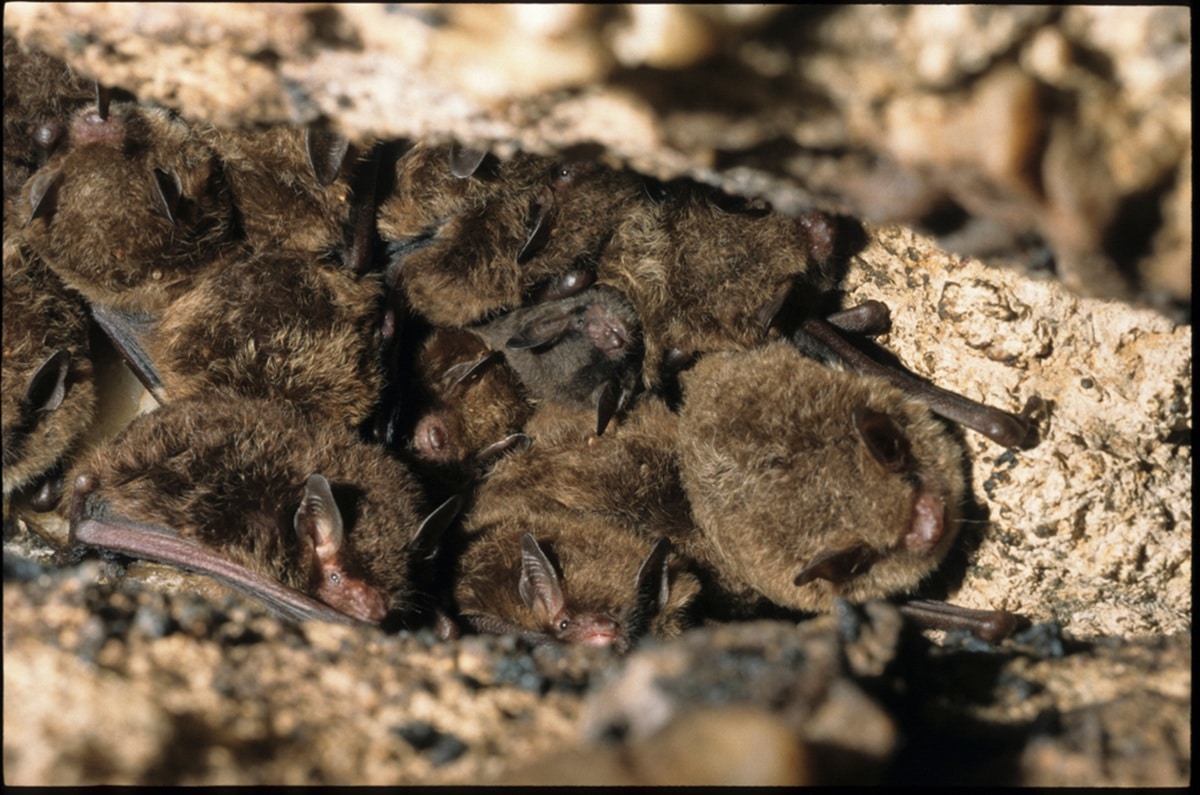Urban Ecology in the Heart of the East Midlands
Leicester, a culturally rich city in the East Midlands, is well known for its Roman history, textile heritage and diverse communities. As a city that continues to expand with new housing, commercial developments and infrastructure projects, Leicester also retains a surprising number of green spaces, parks, waterways and wooded areas that are vital for wildlife.
Among the species that thrive in this urban and semi-rural landscape are bats, which are present across the city and surrounding Leicestershire countryside. Because of their legal protection and ecological importance, a bat survey in Leicester is often a planning requirement when a development has the potential to impact bats, a bat roost or habitat.
Bats may roost in roof voids, wall cavities, mature trees, bridges, lofts and barns or any space that offers security, stable temperatures and proximity to feeding areas. From the attics of Victorian houses in Clarendon Park to the tree-lined corridors of Abbey Park and the banks of the River Soar, Leicester provides an abundance of suitable habitat. Bats also make use of disused buildings, old industrial units, and suburban gardens, and this wide distribution means that even minor alterations to buildings, such as roof repairs or loft conversions, may impact bats and trigger the requirement for a bat survey in Leicester.

Legal Protection for Bat Species in England
All species of bat in the UK are legally protected by the Wildlife and Countryside Act 1981 and the Conservation of Habitats and Species Regulations 2017. These laws make it a legal offence to deliberately disturb, injure or kill bats, or to damage, destroy or obstruct access to their roosts – even if bats are not present at the time.
This strict legal protection means that developers and homeowners must ensure that proposed works do not unintentionally result in a criminal offence. Planning authorities such as Leicester City Council may request a bat survey as part of the planning process when a building, tree or structure could support bat roosts.
Natural England is the statutory authority responsible for regulating and issuing European Protected Species Licences (EPSL). These licences are needed if work is likely to disturb bats or their roosts. This makes early ecological input essential for developments in Leicester, where bats are common in both urban and rural locations.

Bat Conservation in Leicester and Leicestershire
Bat distribution is widespread across Leicester where several species of bat are found, including the common pipistrelle bat, soprano pipistrelle bat, brown long-eared bat, noctule bat and Daubenton’s bat. These species vary in their roosting habits and sensitivities to disturbance, but all contribute to the city’s rich urban biodiversity. Bats are particularly active in the summer months between May and September, when they forage over rivers, lakes, woodland edges and even garden ponds.
Bat Groups
Bat conservation in the region is supported by the Leicestershire and Rutland Bat Group and local volunteer groups who help monitor bat populations and raise awareness, and rescue injured or grounded bats, while the Bat Conservation Trust is the umbrella organisation for bats nationwide. These groups also play a role in ensuring that vital habitats like ancient trees and historic buildings are retained and managed in ways that support bat populations.

When Is a Bat Survey in Leicester Required?
A bat survey in Leicester may be required if there are features on a development site that are known to or could potentially support bats before planning permission will be granted. Triggers might include older buildings, barns, trees with cavities or rot holes, or works near watercourses and green corridors.
The first stage is a Preliminary Roost Assessment, where a bat surveyor makes a site visit to conduct an internal and external inspection of a proposed development site to assess the likelihood that there are bats present. This daytime survey includes inspecting for features that could support roosting bats, checking for physical evidence of bats such as bat droppings, staining around potential access points, or feeding remains. This one bat survey may suffice is there is no sign of bat activity on a proposed development site.
Bat Activity Surveys
However, if the Preliminary Roost Assessment indicates that bats may be present, or if the site has high suitability, further bat surveys will be required. These take the form of Bat Emergence and Re-Entry Surveys, which are undertaken during the bat survey season between May and September, avoiding the bat hibernation period. Ecological consultants monitor the site at dusk or dawn using specialist equipment such as static bat detectors, thermal imaging and visual observations to determine whether bats are using the site.
These dusk and dawn re entry surveys involve surveyors monitoring potential entry and exit locations on buildings. If there are bats present, ecological consultants will record bat calls to assess bat species and bat population information. These findings help inform appropriate mitigation and compensation measures. On some proposed development sites, further surveys will be required by the local authority, such as bat hibernation surveys.
The Bat Survey Report and Planning Support
Once bat surveys are complete, a comprehensive bat report is produced. This document includes an overview of the site, survey findings, maps, species identification, and clear recommendations. If bats are not found and the site is deemed low risk, the report will support a straightforward application for planning permission. However, if bats are recorded or roosting potential is high, the report will provide mitigation strategies and recommend whether a European Protected Species Licence from Natural England is required.
Legal Compliance
The report is a key component of your planning submission and demonstrates to the local planning authority that legal requirements around protected species are being met. The inclusion of robust mitigation plans often helps to streamline the approval process.
Mitigation Measures and Licensing
When bat roosts are present, it is essential to mitigate the impact of development through practical measures. These may include installing bat boxes, preserving key bat roost features, timing works outside of the active season, or enhancing alternative habitats.
If these mitigation measures cannot fully avoid impacts, our team can prepare and submit an EPSL licence application to Natural England. This includes all supporting documentation, development site plans, risk assessments and method statements needed to satisfy licensing requirements.
Expert Bat Survey Services in Leicester
Our ecology consultancy offers professional, reliable bat survey services in Leicester and throughout the East Midlands. Whether you are planning a residential extension, tree surgery, barn conversion, or large-scale redevelopment, our fully licensed ecologists will provide expert advice on all bat issues.
We are familiar with European legislation surrounding bats, along with the requirements of Leicester City Council, Natural England and surrounding local planning authorities. We undertake bat surveys UK-wide and have many years experience of survey work: we understand how to manage ecological risks without delaying development projects.
With extensive experience across both urban and rural sites, our ecological consultancy will ensure that you meet your planning obligations regarding bats, carry out bats surveys at the correct time of year and provide further surveys if required, while safeguarding protected species and important wildlife habitats.
Get a Free Quote for a Bat Survey in Leicester
If your development project requires a bat survey in Leicester, contact our friendly team today for a no-obligation, free quote. You can also use the telephone number on this page or email us. Share your site details and the nature of your planned works, and we’ll advise you on the next steps. If a bat survey is needed, we’ll book it in quickly and guide you through the planning process with clear communication and professional insight.
By working with qualified ecological consultants, you can ensure compliance with European legislation, avoid costly delays with your development project and secure planning permission from the local authority.
